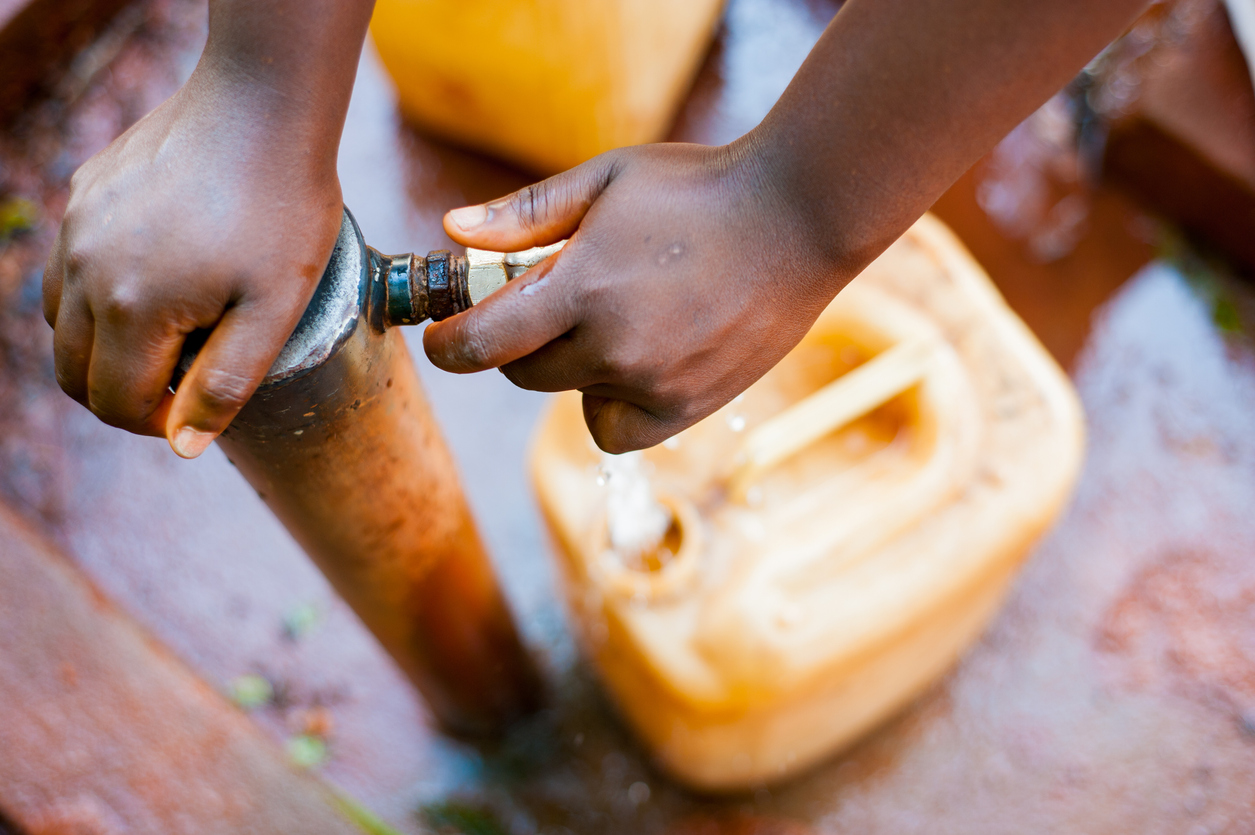Water security in SA: beyond scarcity and abundance

By Dr Pulane Molokwane, Member of the National Planning Commission (NPC)
In July 2020, the National Planning Commission (NPC) released the National Water Security Framework (NWSF) which redefines water security in South Africa. This report comes at a time when the country is grappling with the ravages of the COVID-19 pandemic, which accentuated the challenges of poverty, unemployment and inequality. The report will serve as a constant reminder that water as a source of life requires high levels of stewardship.
South Africa is no stranger to water challenges, given the need to balance temporal and spatial distribution to ensure socio-economic development. Many great mega-projects were initiated as a way of addressing these challenges over the years. It is a foregone conclusion that these large multi-billion-rand projects are now limited in scope for various reasons and that new innovative ways of ensuring water security have become a necessity.
At the height of South Africa’s energy crisis between 2014 and 2015, difficult questions began to emerge about the probability of the water sector experiencing the shortages that were being experienced in the energy sector. A diagnostic report was commissioned to assess the situation and it recommended a high-level Integrated National Water Plan to avert the potential crisis. Subsequently, the NPC embarked on a detailed assessment of the implementation of the NDP, leading to the development of the first NWSF for South Africa. The NWSF takes into account that given South Africa’s unfavourable hydro-climatic conditions, apartheid legacy and national development imperatives, the country cannot afford a water crisis, and that there was a need to address the triple challenges of poverty, inequality and unemployment.
“It ought to be at the core of planning in order to achieve the goals espoused in the NDP.”
The report coincided with the tenth anniversary of the United Nations’ (UN) declaration of access to water as a human right last year. By the time this landmark declaration was made, South Africa already had a head start in terms of moving from ‘water rights’ to ‘water use rights’, which was embedded in the Constitution through the Bill of Rights and subsequently through legislation. Water security as a concept has become pervasive in scholastic, public and private spaces alike.
It is envisaged that the NWSF will take the water project for South Africa beyond the ‘access’ mantra, to enable the hydro-social and economic development levels. This would be in line with the national imperatives as articulated in the NDP vision 2030, that ‘… each and every one of us is intimately and inextricably of this earth with its beauty and life-giving sources; that our lives on earth are both enriched and complicated by what we have contributed to its condition.’ Water is seen through the lens of its various dimensions in life systems beyond its material nature.
The first edition of the NWSF revitalises the global definition of water security and further localises it by taking into account the importance of addressing the hydro-social dimension. Water security is redefined to reflect the positioning of water in the South African context. Eight principles have been constructed to guide the country across all sectors from nexus approach to aspects of accountability, among others. These principles anchor the definition and are seen as the bedrock of our endeavours in achieving water security. These are:
- Source to sea across the water value chain/water cycle
- Long-term view based on scenario planning and associated risks
- Policy and Legislation as starting point
- NEXUS approach to planning, implementation and management
- Decision support from credible information and research results
- Mass balance approach to assessment and implementation
- Accountability and clear roles and responsibility
- Total value chain ownership concept in context of the trusteeship doctrine
The NWSF is a culmination of extensive work over an extended period and is a result of analysis and synthesis from the work of the NPC, whose main task was to review and ensure the implementation of the NDP as intended. The national consultation process included various stakeholders from government, private sector, practitioners and research institutions across the country and reflects the national positioning of water security at the highest level across the board.
As part of the process, field visits were conducted to a number of communities to get a sense of lived experience amongst the ordinary people who are directly affected by challenges pertaining to water scarcity. These communities included the rural community of Western Thembuland Kingdom in Qamata, in the old Transkei region of the Eastern Cape, as well as the area around Nandoni Dam, situated in the old Venda area of Limpopo province, which has since completion in 2004 been ravaged by challenges of corruption, service delivery and community upheavals. Experts and communities alike had many ideas of how the challenges of water in the country could be addressed, from new modalities of allocation of water to innovative ways of planning for water security.
Going forward, a process has been initiated to develop a guideline for the implementation of the NWSF to help the various sectors with practical ideas of where to start and what key interventions would be relevant in relation to addressing the triple challenges of poverty, inequality and unemployment. As the second NPC winds down, this guideline will take the country further down the implementation route which will be reviewed regularly to raise the sense of urgency and ensure effective implementation of the goals of the NDP.
Water remains a critical resource to humanity as it is essential both for the wellbeing of the people and the growth of the country’s economy. It ought to be at the core of planning in order to achieve the goals espoused in the NDP.


.svg)











